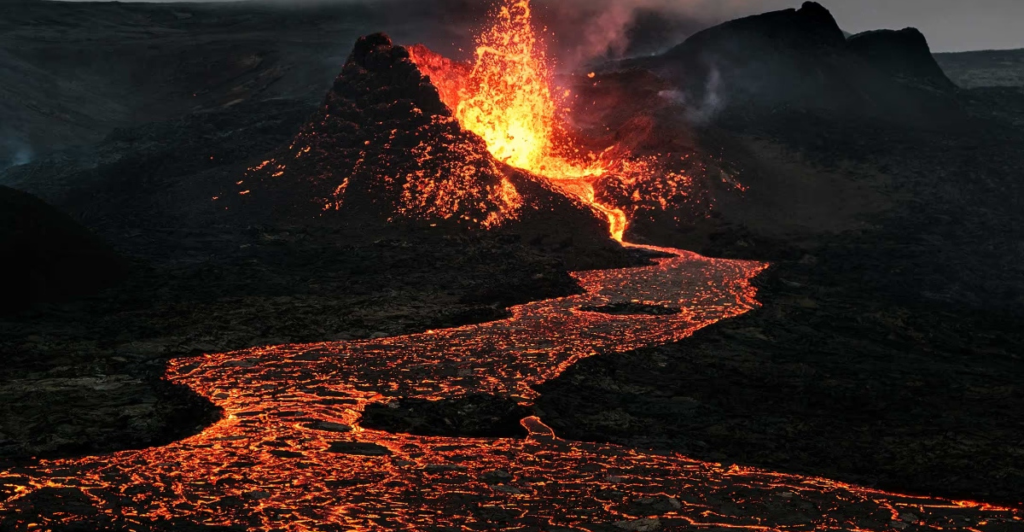
The latest research suggests that the Earth’s volcanic systems can transition from dormancy to catastrophic eruption in mere days, with magma injections triggering explosive events that are capable of altering global climates.
These rapid processes, which are witnessed in supervolcanoes such as Toba and Yellowstone, underscore the delicate balance between subterranean forces and surface stability.
By analyzing magma ascent rates, gas dynamics, and ancient eruptions, scientists are warning of potential social collapse due to ash-induced cooling, crop failures, and prolonged weather disruptions. Understanding these mechanisms is critical for preparedness in an era of heightened geological monitoring.
Magma Ascent Mechanics: A Race Against Time
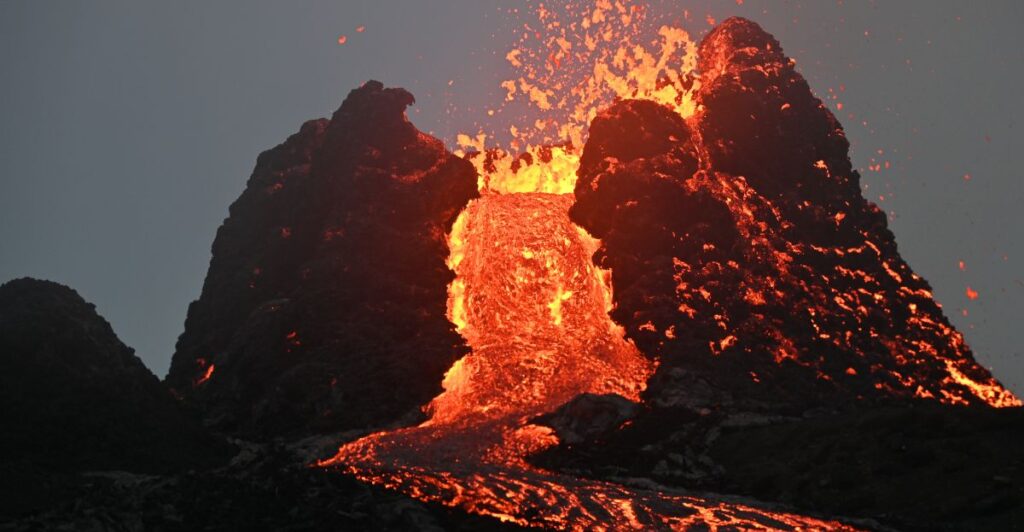
Magma can rise from depths of 25 km to the surface in under a week, as seen during La Palma’s 2021 eruption. High-resolution seismic imaging reveals that the pre-eruptive magma reservoirs, like those beneath Toba and Yellowstone, accumulate over millennia. However, they mobilize explosively during destabilization.
Rapid ascent occurs along preexisting crustal weaknesses, with gas-rich melts exploring the fractures. This process, which has been observed in both modern and ancient systems, highlights how quickly localised pressure changes can escalate into full-blown eruptions, leaving minimal time for warnings.
The “Champagne Effect”: Volcanic Gas Expansion

Supervolcano eruptions mirror uncorking a champagne bottle: trapped gases, such as CO₂ and SO₂, expand violently once the pressure drops. Laboratory experiments simulating magma chambers show that gas bubbles can form anywhere in the melt, not just at the top.
When overlying rock fractures, decompression triggers chain reactions, amplifying eruption intensity. This effect describes historical events, such as the 1980 explosion of Mount St. Helens, and emphasizes why gas-rich systems like Yellowstone’s volatile cap (14% porosity) represent a higher risk.
Toba’s Cataclysmic Legacy: Humanity’s Brush with Extinction
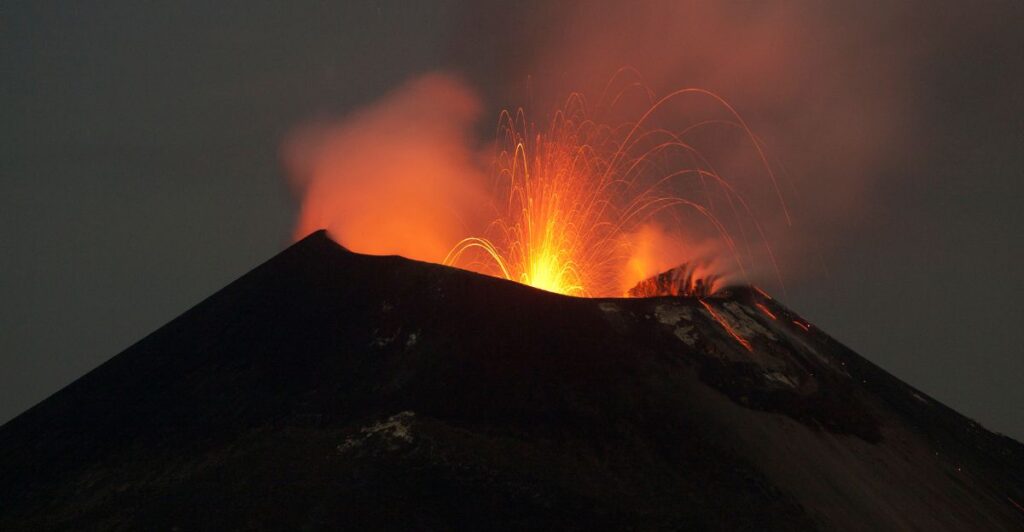
The Toba supereruption 74,000 years ago expelled 2,800 km³ of ash, reducing global temperatures by 3–5°C for decades. Zircon crystal analysis reveals that magma accumulated for 1.3 million years before an eruption, with post-caldera eruptions recurring every 10,000–20,000 years.
This event would have likely led to genetic bottlenecks in early humans and underscores the existential risk posed by similar eruptions in modern times. Continued uplift of 600 m above Toba’s caldera indicates a recent decrease in magma influx but no change in short-term eruptive behavior.
Yellowstone’s Volatile Cap
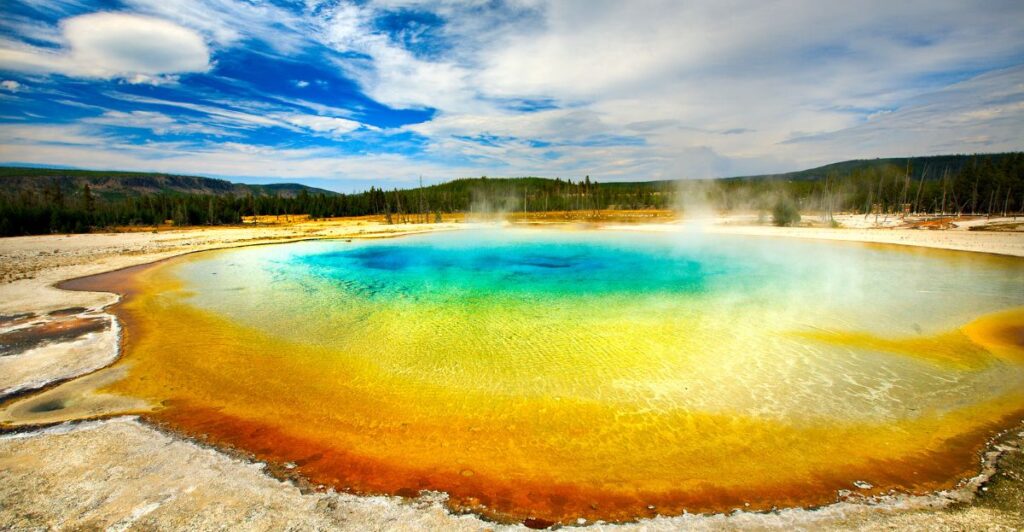
Beneath Yellowstone’s 3.8 km-deep magma cap rich in supercritical water and silicate melt, acting as a pressure release valve. Controlled-source seismic imaging also identified this porous layer, which serves to reduce the risk of an eruption by gradually venting carbon and sulfur compounds.
Although the reservoir is still active, its stability differs from that of the pre-supereruption period, when magma mobilized within decades. Even minor tectonic shifts could disrupt this equilibrium, warranting continuous monitoring of ground deformation and gas emissions.
Climate Cooling Mechanisms
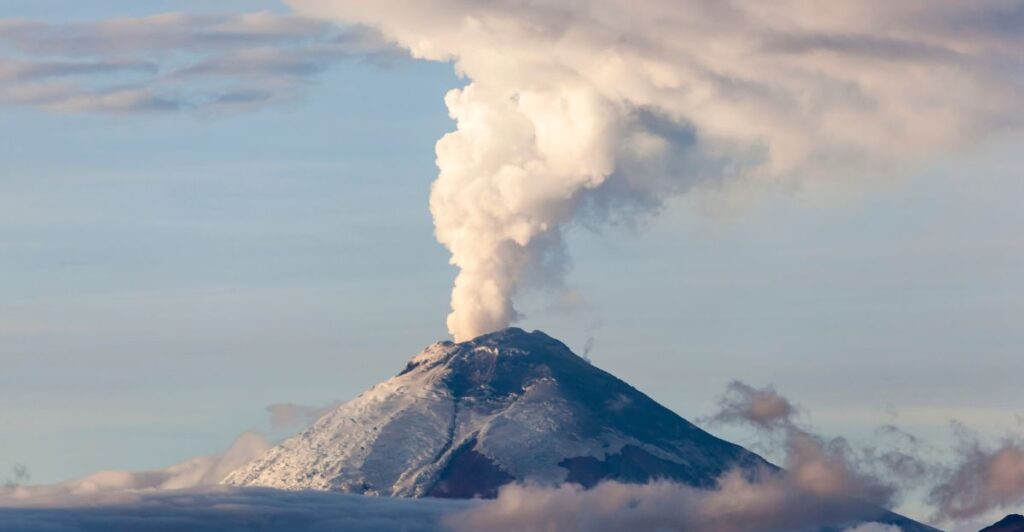
Volcanic SO₂ is converted to sulfuric acid aerosols in the stratosphere, which reflect sunlight and cool the troposphere. Large eruptions like that of Tambora (1815) even led to “volcanic winters,” collapsing agriculture, and causing famines.
Underwater volcanic eruptions, like that in Hunga Tonga in 2022, blast water vapor into the mesosphere, which can fuel atmospheric rivers and extreme weather. Prolonged aerosol layers—lasting for as long as four years—disrupt monsoons and intensify hemispheric climate asymmetry, with subsequent ecological and economic consequences.
Cascading Global Impacts
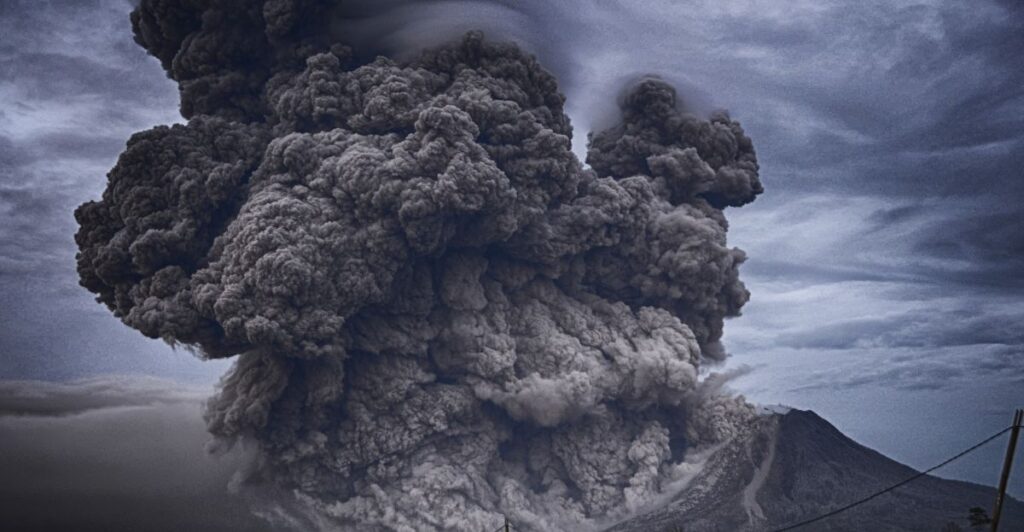
Supereruptions eject ash columns 45 km high—enough ash to cover continents, and enough falling ash to damage buildings, roads, power lines, water supplies, and human lungs.
Crop failures due to reduced sunlight and acid rain could lead to global food shortages. The 1815 Tambora eruption killed 100,000+ people, while Toba’s aftermath potentially reduced human populations to 3,000–10,000.
Modern interdependence would compound risks: aviation shutdowns, supply chain collapse, and ozone depletion would compound immediate volcanic hazards.
Monitoring Magma Dynamics

Advances in seismic tomography, including wave-equation imaging, map magma reservoirs with unprecedented clarity. At Yellowstone, vibroseis trucks generate detailed subsurface profiles to track magma movement in real time.
Gas emission (CO₂, H₂S) and ground uplift—measured via satellite interferometry—can be used for early warning. However, forecasting the precise timing of eruptions is still challenging, as seen with La Palma’s sudden activity in 2021.
Humanity’s Precarious Coexistence With Supervolcanoes
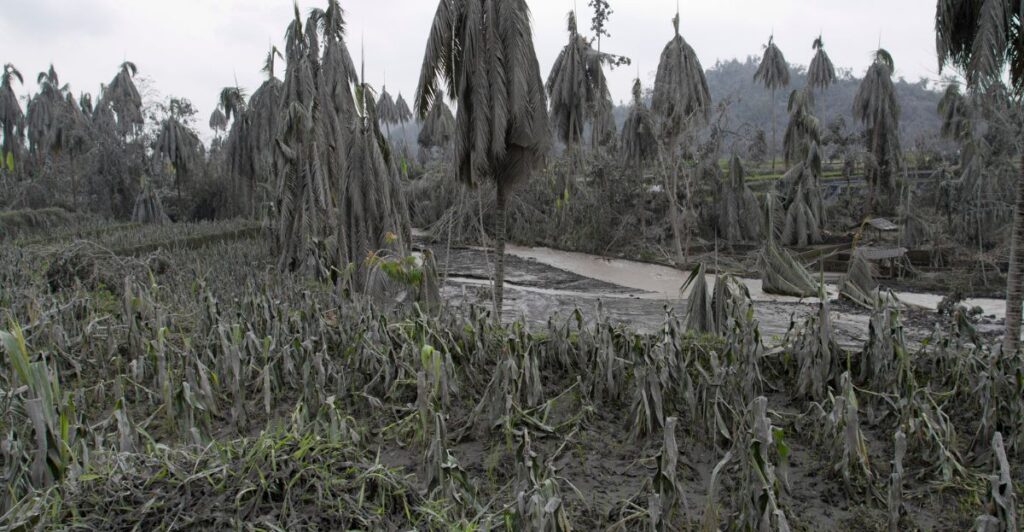
Of the 20 known supervolcanoes on Earth, five are classified as active. While the annual eruption probability is ~0.001%, the potential consequences justify sustained research.
Mitigation and countermeasures (such as tapping geothermal energy from magma chambers) are all theoretical. International cooperation, via initiatives such as the Global Volcanism Program, aims to standardise monitoring, but political and economic obstacles to preparedness remain.
Vigilance in the Shadow of Disaster
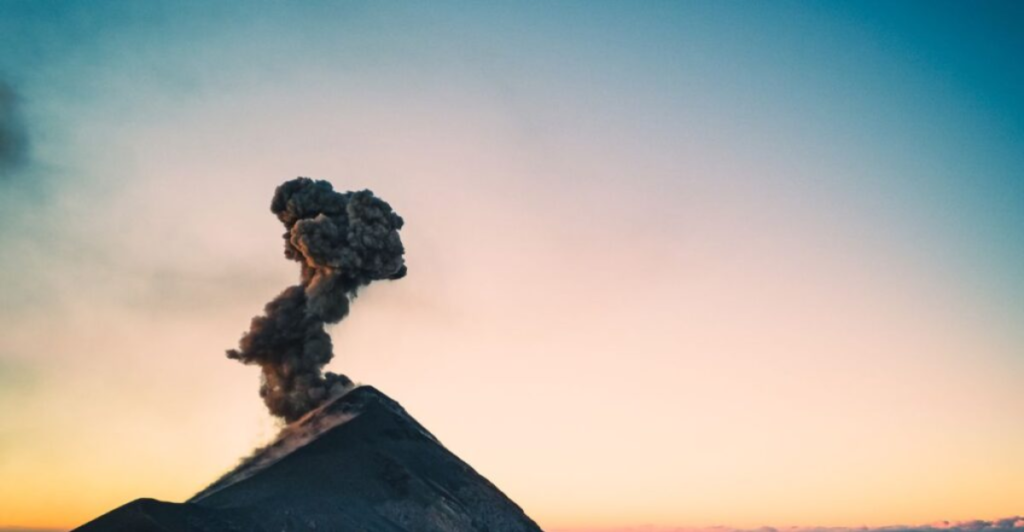
The world’s magma systems operate on timescales that confound human perception—bubbling quietly along and then erupting without warning. But even if Yellowstone’s current stability is reassuring, the geological record urges humility.
The combination of field observations, experimental models, and historical data is important for the improvement of predictions. As the world becomes more susceptible to cascading crises, there is far more at stake in understanding volcanic dangers than just scientific curiosity—it is a survival imperative.
Explore more of our trending stories and hit Follow to keep them coming to your feed!

Don’t miss out on more stories like this! Hit the Follow button at the top of this article to stay updated with the latest news. Share your thoughts in the comments—we’d love to hear from you!







